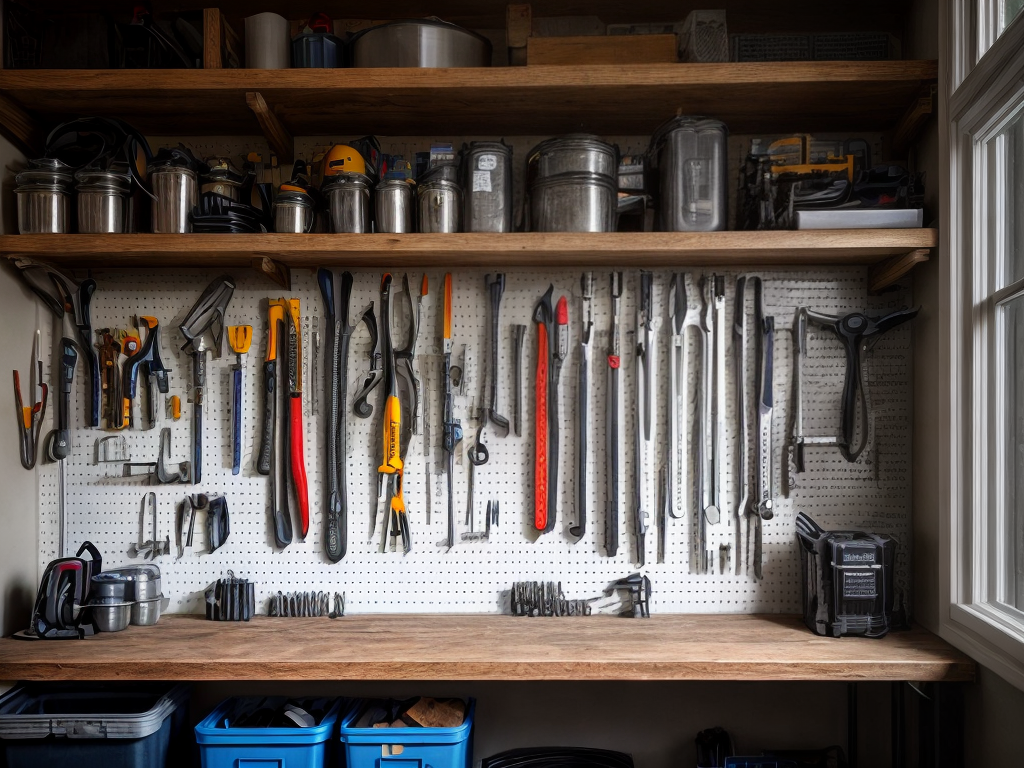
Introduction
Hey there, folks! As a seasoned professional in the construction biz, I know all too well the constant juggling act between keeping costs low and maintaining top-notch quality. It’s a delicate balance, but one that’s absolutely crucial for any successful construction company. In this article, we’re gonna dive deep into the nitty-gritty of how to cut costs without compromising on the quality of your projects. Trust me, by the end of this, you’ll be a cost-cutting ninja while still delivering jaw-dropping results that’ll leave your clients speechless (in a good way, of course).
Planning and Preparation: The Foundation of Cost-Effective Construction
The key to cost-effective construction lies in the planning and preparation phase. Thorough planning – is the foundation upon which a successful project is built. By meticulously planning every aspect of the project, from material sourcing to labor allocation, you can identify potential cost savings early on and make informed decisions.
One crucial aspect of planning is conducting a thorough site analysis. This analysis – involves assessing the construction site for potential challenges and obstacles that could impact the project’s timeline and budget. By identifying these challenges early on, you can develop strategies to mitigate them, avoiding costly delays and setbacks down the line.
Another essential element of planning is creating detailed construction schedules and timelines. These schedules – act as a roadmap for the project, ensuring that tasks are completed in the most efficient and cost-effective manner possible. By carefully coordinating the flow of work and allocating resources effectively, you can minimize downtime and maximize productivity, ultimately reducing labor costs.
During the planning phase, it’s also crucial to engage with experienced subcontractors and suppliers. These professionals – possess valuable insights and knowledge that can help you identify cost-saving opportunities. For example, a skilled subcontractor may suggest alternative construction methods or materials that can achieve the desired result at a lower cost without sacrificing quality.
Material Selection and Procurement: Finding the Sweet Spot
One of the biggest expenses in any construction project is the cost of materials. Fortunately, there are several strategies you can employ to reduce material costs without compromising on quality.
First and foremost, it’s essential to source materials from reputable suppliers who offer competitive prices without sacrificing quality. Don’t be afraid to shop around and compare prices from multiple vendors. You’d be surprised at how much you can save by simply being a savvy shopper.
Another cost-saving strategy is to explore alternative materials that can achieve the same desired results as their more expensive counterparts. For example, instead of using traditional hardwood flooring, you could consider engineered wood or laminate flooring, which can offer similar aesthetics and durability at a fraction of the cost.
Additionally, consider repurposing or recycling materials whenever possible. Not only is this environmentally friendly, but it can also significantly reduce material costs. For instance, you could use reclaimed wood from demolition sites or salvaged bricks from old buildings, adding a unique character to your projects while simultaneously reducing waste and saving money.
Efficient Project Management and Supervision
Effective project management and supervision are crucial for ensuring that construction projects are completed on time, within budget, and to the highest standards of quality. By implementing robust project management practices, you can minimize costly delays, errors, and rework, ultimately reducing overall construction costs.
One key aspect of efficient project management is clear communication and coordination among all stakeholders, including architects, engineers, subcontractors, and suppliers. Establishing open lines of communication and holding regular progress meetings can help identify potential issues early on, allowing for prompt resolution and minimizing disruptions to the project timeline.
Utilizing construction management software and tools can also streamline processes and enhance efficiency. These tools – allow for real-time tracking of progress, resource allocation, and budget monitoring, enabling you to make informed decisions and adjust plans as needed.
On-site supervision is equally important for maintaining quality control and ensuring that work is performed according to specifications. Experienced site supervisors – can identify potential issues or deviations from plans early on, preventing costly rework and ensuring that the project meets the highest standards of quality.
Embracing Technology and Innovation
In the ever-evolving world of construction, embracing technology and innovation can be a game-changer when it comes to cutting costs without sacrificing quality. From Building Information Modeling (BIM) to prefabrication and modular construction, there are numerous technological advancements that can streamline processes, reduce waste, and enhance efficiency.
BIM, for instance, is a powerful tool that allows for virtual construction before physical implementation. This technology – enables you to identify potential clashes, optimize material usage, and plan construction sequences more effectively, ultimately reducing costly errors and rework.
Prefabrication and modular construction are also gaining significant traction in the industry. By constructing components or entire structures off-site in a controlled environment, you can ensure consistent quality while reducing material waste, labor costs, and on-site disruptions.
Furthermore, embracing innovative construction methods and materials can open up new avenues for cost savings. For example, insulated concrete forms (ICFs) or structural insulated panels (SIPs) can provide superior energy efficiency and durability compared to traditional construction methods, potentially reducing long-term operating costs for your clients.
Continuous Improvement and Learning
In the dynamic world of construction, it’s essential to embrace a mindset of continuous improvement and learning. The industry is constantly evolving, with new technologies, materials, and techniques emerging all the time. By staying up-to-date with industry trends and best practices, you can identify new opportunities for cost savings while maintaining or even improving quality standards.
Encourage your team to attend industry conferences, workshops, and training sessions regularly. These events – not only provide valuable insights into the latest developments but also offer networking opportunities with other professionals who may share their own cost-saving strategies and techniques.
Additionally, consider implementing a feedback loop within your organization. Solicit input and suggestions from your team members, as they often have invaluable on-the-ground experience and may offer creative solutions for streamlining processes or reducing waste.
Finally, don’t be afraid to experiment and take calculated risks. While adhering to industry standards and best practices is crucial, there may be instances where trying a new approach or material could yield significant cost savings without compromising quality. Conduct thorough research, consult with experts, and carefully weigh the potential risks and benefits before implementing any significant changes.
Conclusion
Cutting costs without sacrificing quality in construction is no easy feat, but it’s definitely achievable with the right strategies and mindset. By focusing on thorough planning and preparation, strategic material selection and procurement, efficient project management and supervision, embracing technology and innovation, and fostering a culture of continuous improvement, you can navigate the delicate balance between cost-effectiveness and quality construction.
Remember, it’s not just about cutting costs for the sake of saving money; it’s about maximizing value for your clients while delivering exceptional results. By implementing the techniques and strategies outlined in this article, you’ll be well on your way to becoming a true cost-cutting ninja, impressing your clients with both your financial savvy and your unwavering commitment to quality.
So, what are you waiting for? Grab your hardhat, roll up your sleeves, and let’s get to work – the path to cost-effective, high-quality construction awaits!





